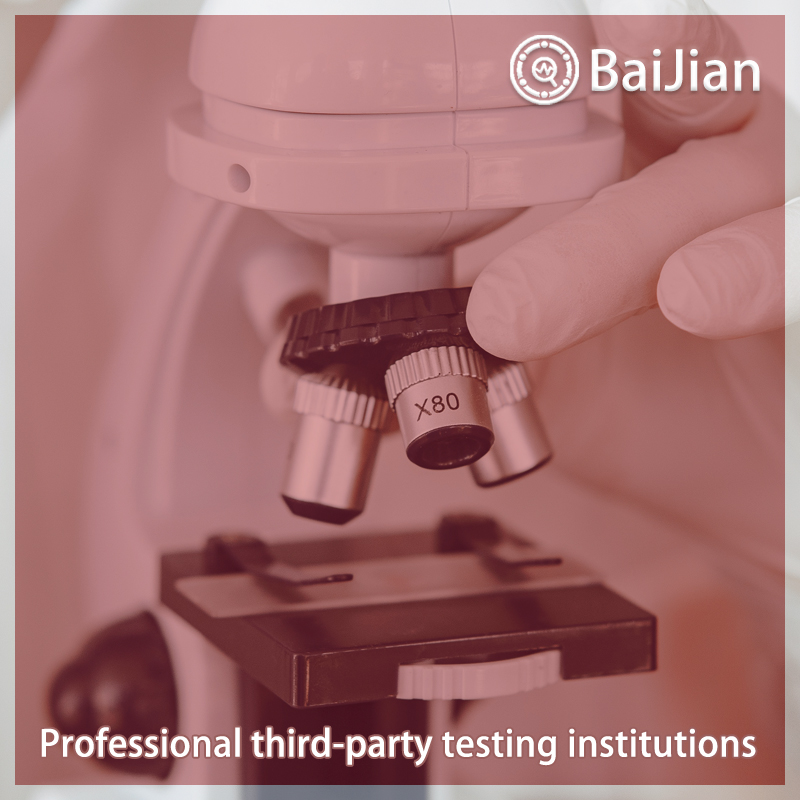
This standard specifies the methods for quality evaluation of safety grade lead-acid batteries (referred to as batteries) in nuclear power plants using type inspection, operating experience, or analysis methods. This standard only applies to the quality evaluation of safety grade batteries and their brackets installed outside the containment of nuclear power plants. This standard does not apply to battery charging equipment and other types of batteries. 2. Reference standard GB12727 Quality Evaluation of Electrical Items in Safety Systems of Nuclear Power Plants G13625 Seismic Evaluation of Electrical Equipment in Safety Systems of Nuclear Power Plants E525 Maintenance, Testing, and Replacement Guidelines for Large Lead Acid Batteries in Nuclear Power Plants EJ/T641 Overview of Capacity Determination of Large Lead Acid Batteries in Nuclear Power Plants The purpose of quality evaluation is to demonstrate whether the battery pack and its support can meet their safety requirements throughout the entire evaluation life cycle. According to EJ525, it is recommended to replace the battery when its capacity is less than 80% of the manufacturer's rated capacity. Therefore, it is necessary to conduct a discharge test on used batteries that can release at least 80% of their rated capacity after an earthquake. Quality appraisal can be completed through type inspection, operating experience, or analysis methods, and any one of these methods can be used separately or in combination. Tracking and identification can be used to extend the qualified life of batteries. But for each method, it is required to prove its rationality
Function of testing report:
1. Project bidding: Issue authoritative third-party CMA/CNAS qualification report
2. Online e-commerce platform entry: Quality inspection report recognized by major e-commerce platforms 3. Used as a sales report: issuing legally effective testing reports to make consumers more confident 4. Papers and research: Provide professional personalized testing needs 5. Judicial services: providing scientific, fair, and accurate testing data 6. Industrial problem diagnosis: Verify the troubleshooting and correction of industrial production problemsBaijian and testing process:
1. Telephone communication and confirmation of requirements
2. Recommend solutions and confirm quotations 3. Mail samples and arrange testing 4. Progress tracking and result feedback 5. Provide reports and after-sales service 6. If urgent or priority processing is requiredTesting and testing characteristics:
1. The testing industry is fully covered, meeting different testing needs
2. Fully cover the laboratory and allocate localized testing nearby3. Engineers provide one-on-one services to make testing more accurate
4. Free initial testing, with no testing fees charged
5. Self service order delivery for free on-site sampling
6. Short cycle, low cost, and attentive service 7. Possess authoritative qualifications such as CMA, CNAS, CAL, etc 8. The testing report is authoritative and effective, and is generally used in China